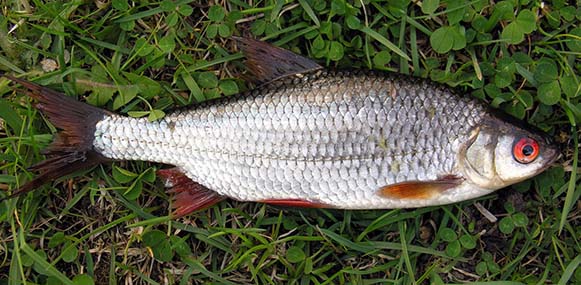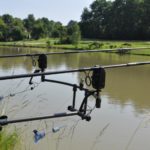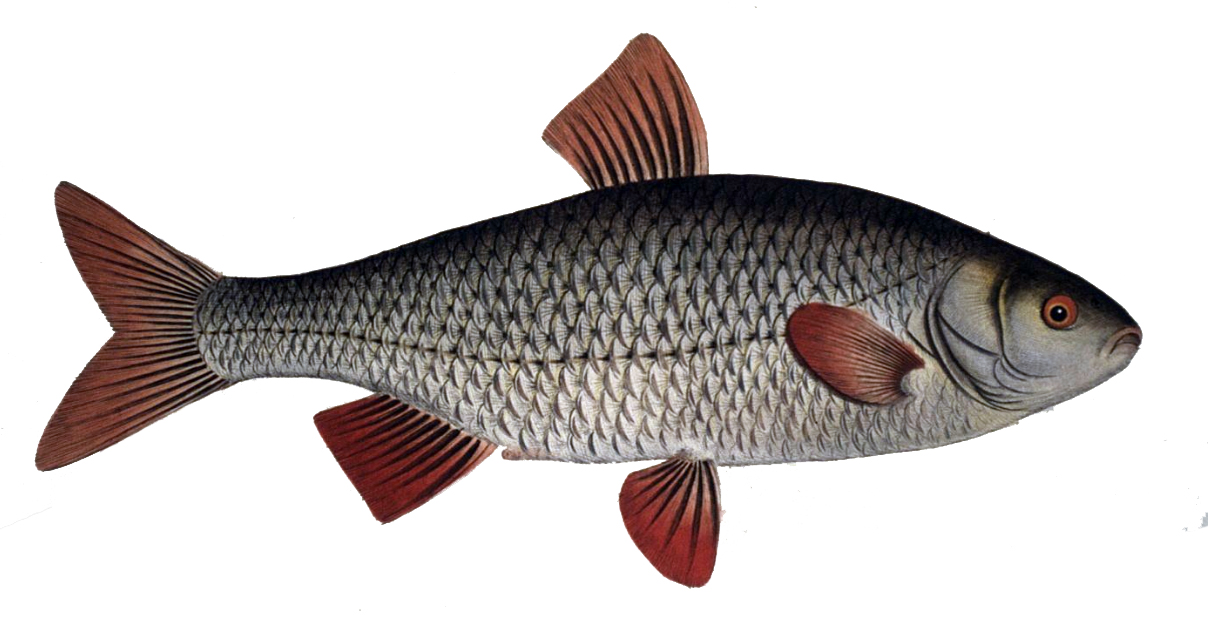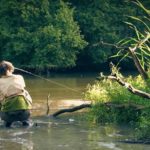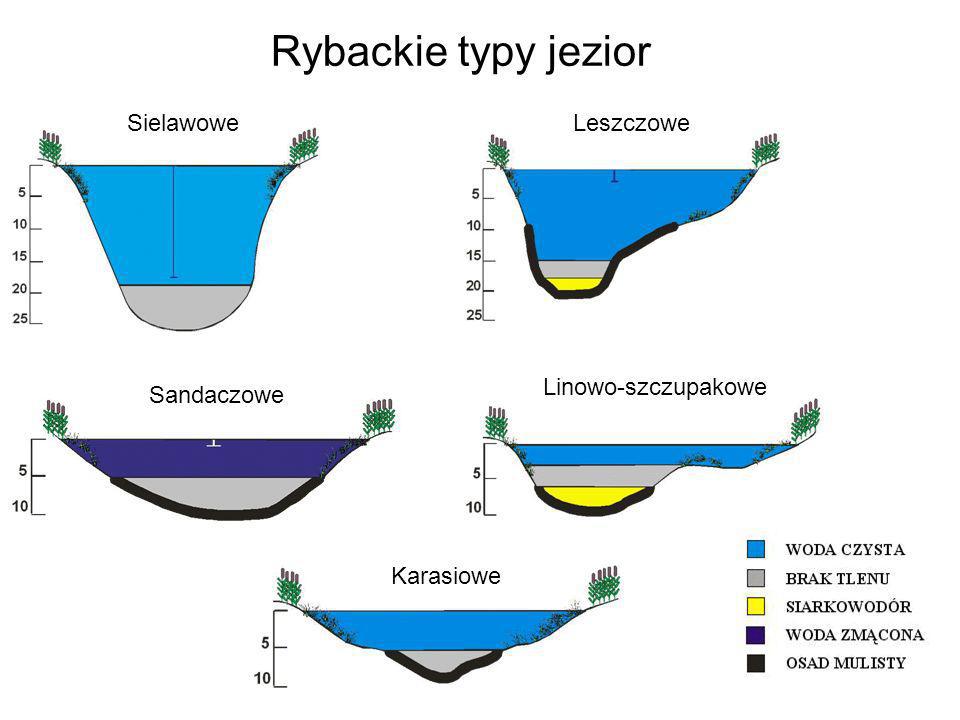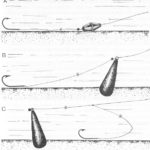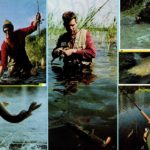Zwolennikom zawodów wędkarskich trzeba wyrazić uznanie za to, że przypomnieli i wprowadzili w życie stare powiedzenie: „małe ryby, ale ryby”. W ten sposób doczekały się uznania płoć, wzdręga i reszta rybiego drobiazgu. Odkrycie ich jako ryb atrakcyjnych dla wędkarstwa oznacza położenie nacisku na biegłość i zręczność. Przy połowie medalowych szczupaków czy sumów nie co dzień zdarza się uczta, niekiedy muszą upłynąć lata zanim do niej dojdzie, natomiast łowiąc drobne ryby możemy nasycić się prawie w każdej wodzie, niezależnie od pory dnia czy pory roku.
Obydwie te najbardziej typowe białe ryby są bardzo żywotne i dostosowują się niemal do każdego typu wód, dlatego też – z wyjątkiem najbardziej bystrych wód pstrągowych – spotkać je możemy niemal wszędzie. Płotka przystosowuje się aż do tego stopnia, że potrafi się zadomowić nawet w dolnych odcinkach krainy pstrąga, wzdrędze jednak zbyt surowe warunki nie służą i jest typowa raczej dla cieplejszych wód. Trudno jest charakteryzować ich typowe środowisko życia, ponieważ te dwie ryby występują w rzekach i potokach, najmniejszych i najpotężniejszych kanałach, w ślepych odnogach i starorzeczach, we wszystkich typach zbiorników wodnych, w wyrobiskach pożwirowych, dołach powstałych podczas regulowania cieków.
Przy wyborze stanowisk zachowują się pragmatycznie i przezornie – zawsze wyszukują miejsca oferujące im najwięcej pokarmu. W wodach płynących spotykamy ich stada na różnych głębokościach na granicy umiarkowanych prądów i zaciszy, na przykosach, na pograniczu odcinków wirowych i spokojnych, gdzie gromadzi się unoszony przez wodę pokarm. Nie wymagają specjalnych kryjówek, dobrze czują się także w strefie wody otwartej, kępki roślin wybierają głównie ze względu na bogatsze zasoby pokarmu.
Tarło odbywają w kwietniu — maju, wzdręga zazwyczaj nieco później niż płoć. W wodach, gdzie nie występują ryby drapieżne rozmnażają się na skalę masową. Mimo nadzwyczajnej aktywności żerowej i zdolności adaptacyjnych rosną bardzo powoli. Złowione rybki ważą średnio 0,1—0,3 kg. Rekordowa ryba (za prawdziwy okaz uchodzi już 1 kilogramowa) zasługuje na uznanie także dlatego, że dożyła „matuzalemowego” wieku (nawet 18-20 lat). Ile musiały przeżyć np. osobniki dwukilowe – trudno nawet zgadnąć.
Oprócz sportowych stron połów tych gatunków ma także wymiar praktyczny. Bowiem wzdręga i płoć (ich wymiar ochronny: 15 cm!) należą do najłatwiej dostępnych żywczyków do połowu większości ryb drapieżnych. Kto potrafi sobie poradzić z łowieniem płoci w każdej sytuacji, ten nie ma problemów ze zdobywaniem, ryzykownym przechowywaniem i transportem żywców do połowu drapieżników.
Z określeniem pory roku odpowiedniej na połów płoci i wzdręgi nie ma większych problemów. Pod warunkiem dobierania do okoliczności stosownej techniki wędkarskiej (mamy na myśli także zanęcanie) możemy je łowić w ciągu całego roku. To samo dotyczy pory dnia. Te wiecznie głodne ryby wypatrzą nawet najdrobniejsze ziarenko płynące po wodzie. Co dopiero jakiś bardziej smakowity kąsek!
Porównanie skuteczności przynęt w poszczególnych krajach (Polska, NRD, RFN) prowadzi do sprzecznych, aż nielogicznych wniosków. W Polsce np. aż 80% płoci łowi się na przynęty roślinne, a w wodach niemieckich wręcz przeciwnie – 79% tamtejszych płoci i 61 % wzdręg skusiło się na przynęty zwierzęce. Te różnice powinny nas właściwie cieszyć, ponieważ są dowodem na to, że te niewybredne ryby dają się łowić na taką przynętę, jaką akurat mamy do dyspozycji. Z przynęt zwierzęcych równie skuteczne są czerwone robaki, białe robaki i larwy wodnych owadów. Z przynęt roślinnych wymieńmy chleb w formie kuleczek wielkości grochu, typowe rodzaje ciast i klusek, małe ziarenka grochu, kukurydzę, pęczak itp. Ze sporadycznych wypadków złowienia starych wzdręg na małego żywca lub błystkę czy jaskrawy wobler, doświadczony wędkarz nie wyciąga praktycznych wniosków. W miesiącach letnich ryby te jadają także unoszone przez wodę owady, więc jako inną możliwość urozmaicenia ich połowu można traktować łów na małe muszki lub owady naturalne (gzy, pasikoniki).
